
HomePony Know HowRiding TipsCross CountryJumping on grass
-
Pony Care Tips
Learn everything you need to know about caring for your fave pony. From feeding and grooming to mucking out – we have it all here!
-
Riding Tips
Improve your riding with our fab articles! Whether it's building your confidence, riding shapes, or jumping spreads that you need tips on, we have something for every rider.
Latest News
Jumping on grass
Posted in Cross Country Jumping
Whether you’re going showjumping or cross-country, get prepared for jumping on grass with this fab guide!
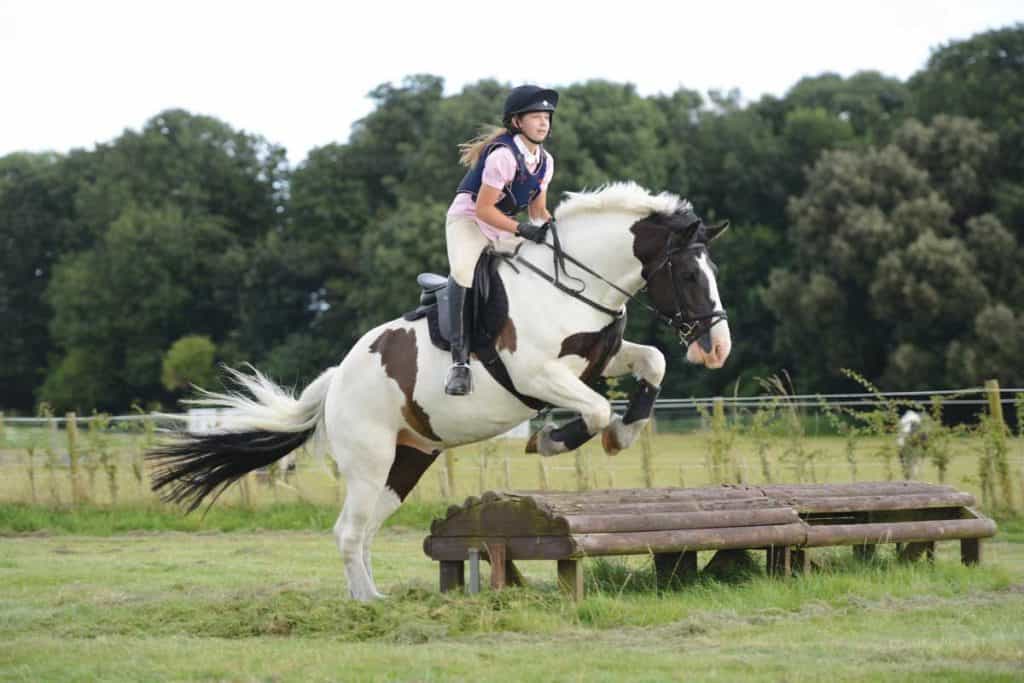
Lots of competitions take place on grass over the summer, with venues making the most of the extra space available. It’s a good idea to practise jumping on grass before you compete on it for the first time so you know what to expect.
Safety when jumping
Before you start riding, consider the area where you’re planning to jump. Make sure there are no rabbit holes in the field and that the fencing is safe and secure. Use an area that’s as flat as possible, too.
Even if you’re jumping in a specific schooling field, check the ground is suitable. It shouldn’t be too hard and rutted or wet and deep, as either extreme can put extra strain on your pony’s legs. If you’re unsure whether the ground is suitable, check with your yard owner or instructor first, and make sure you have permission to ride in the field, too.
Warming up when jumping on grass
It’s normal for ponies to be more excitable than usual when jumping on grass, especially if it’s not something they do regularly. Take advantage of the extra space for your warm-up to help them settle before you start jumping. These are some things you can include in your warm-up…
- large shapes, including circles, figures-of-eight and changes of rein. Because you’re not relying on markers or the edge of an arena, your pony won’t be able to guess what you’re doing and should be more responsive to your aids
- transitions are a great tool to keep excitable and speedy ponies listening. Use transitions between paces, such as trot to walk, and within the paces, such as a smaller trot to a bigger trot
- riding between fences While you may not have arena markers to guide you, using the fences as objects to school between or around is a great alternative. Try riding a 10m circle around each fence, or weaving between parts of a combination
Top tip – Be aware that your pony’s more likely to fall out when you’re riding in a field, as there aren’t any fences to guide him. Wrap your legs firmly around his sides to keep him straight.
Up your accuracy
It’s important to ride accurately on grass as your pony may be more interested in the new sights and sounds around him. He’s also likely to be more forward-going than in an arena, so fences may come up quicker than you think.
Keep your legs wrapped around your pony’s sides and maintain an even rein contact to ride a straight approach to each fence every time. Look up and ahead to the next fence if you’re riding a course, and remember to praise him when he’s done well.
Top tip – If you ride a lazy pony, jumping on grass is a great way to get him to open up and jump more boldly.
Top tip – If you’re schooling over a course on grass and your pony is super-excitable, use the space between fences to re-balance him before you approach the next fence. Use circles and transitions to keep him focused, and you’ll find it much easier to ride accurately to the next fence.
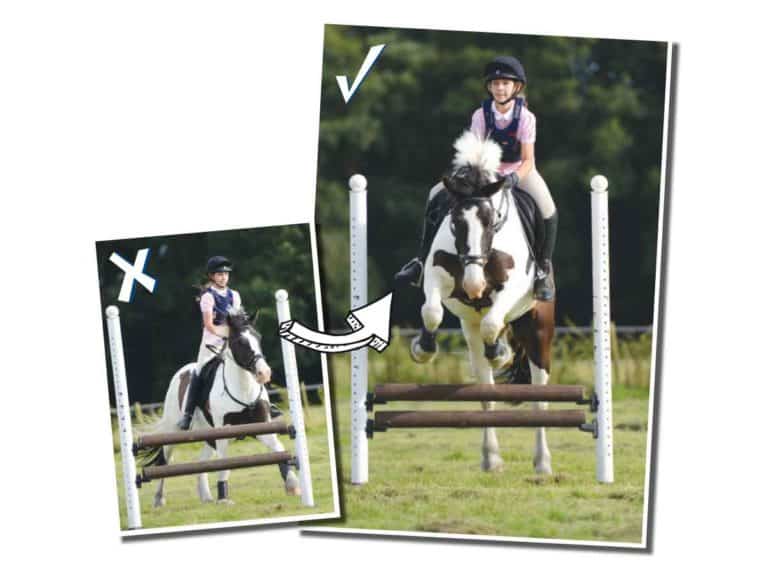
On the up
Even if you’re riding in a fairly level field, it’s likely some fences will be slightly up- or downhill, especially in a cross-country field. If you’re jumping on a slope, make sure to…
- maintain impulsion This is especially important when you’re going uphill because your pony needs plenty of energy to jump the fence
- keep a steady rhythm This helps your pony meet the fence on a good stride and makes sure he’s not rushing into it
- sit up It’s important to keep your balance central and not too far forward or back, as this could push your pony out of balance
- be prepared to slip your reins If your pony’s jump takes you by surprise, allowing the reins to slip through your fingers means you won’t catch him in the mouth
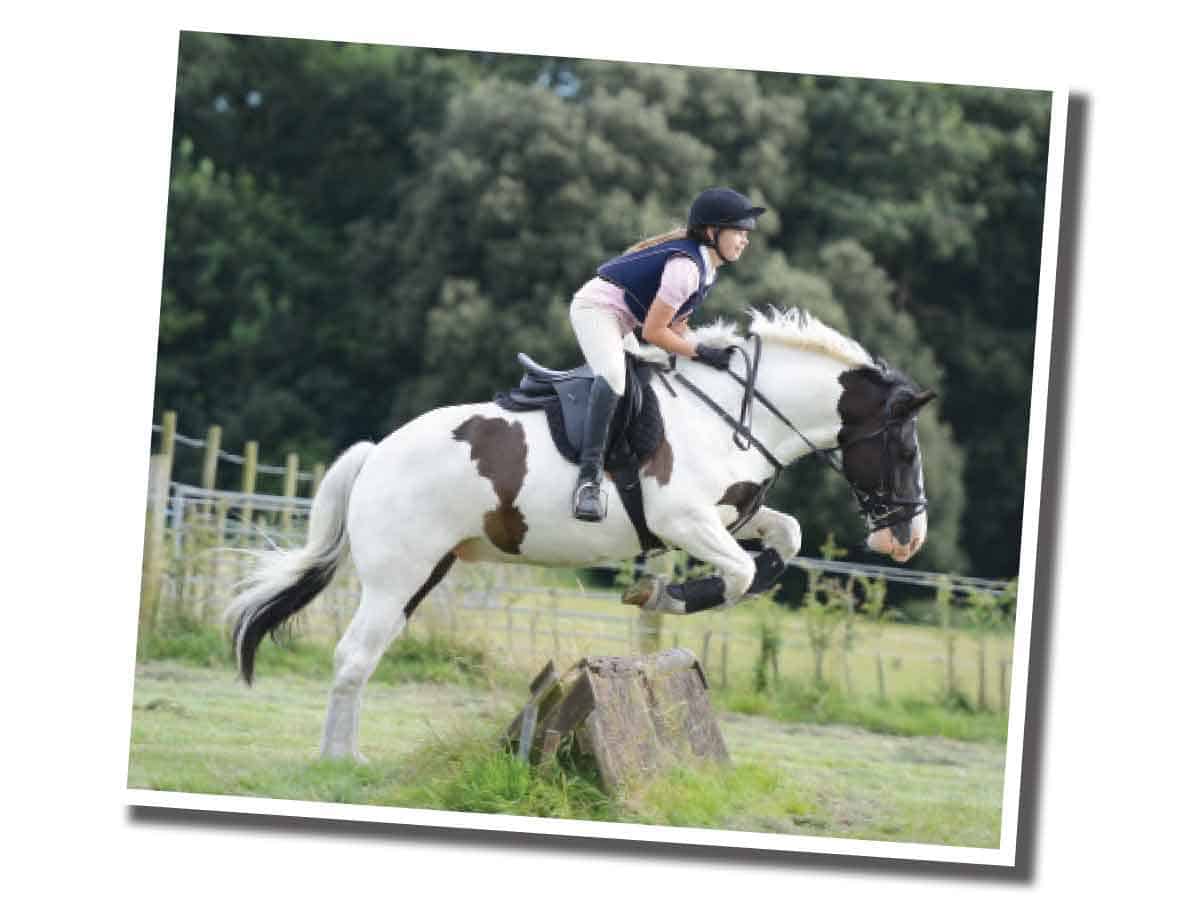
Glorious grass
There are loads of benefits to riding and jumping on grass, and it’s great practice to school in a grass arena. Benefits include…
- carefulness A grass arena is never perfect footing – this helps your pony think for himself and use his legs carefully
- competition preparation By schooling on grass at home, you’ll be more confident when it comes to competing and won’t worry about jumping a fence on a slope or how your pony will react in an open space
- riding with friends You normally have much more space jumping on grass than in an arena, which means you can get together with your friends easily and safely for a schooling sesh
- it’s fun! Jumping on grass is great fun, and both you and your pony will enjoy yourselves, helping to boost your confidence
Top tip – If you find your pony slipping on grass or losing confidence, consider using studs. These are small metal spikes that screw into your pony’s shoes to give him extra grip.
Your Comments
4 responses to “Jumping on grass”
Leave a Reply
You must be logged in to post a comment.


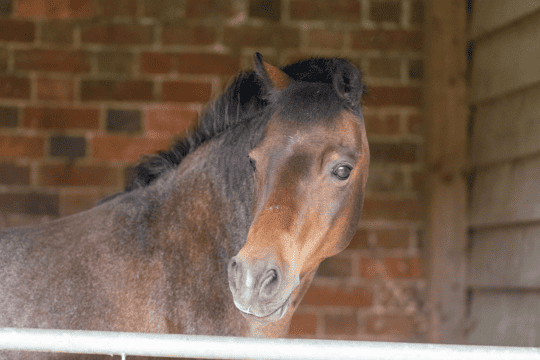
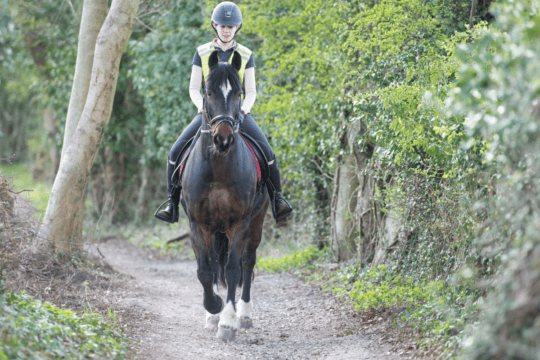
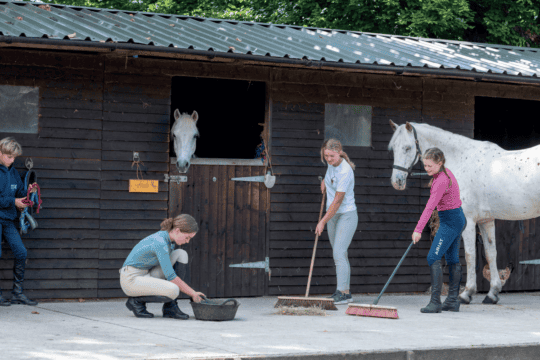
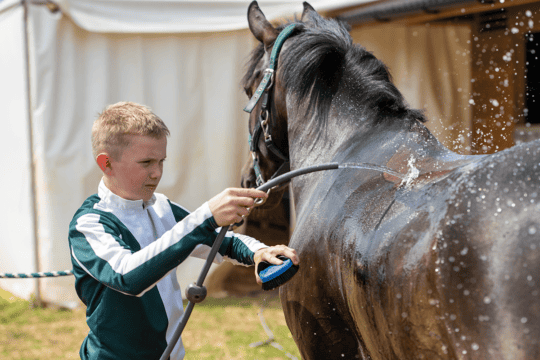
















Hi my daughter got a new pony and she is riding on grass which was cut but not picked up and on 2 occasions the pony went down with my daughter riding her a and thankfully neither were hurt but I was wondering if it would be the cut grass lying on the field that would have maybe caught on her hoofs as there is no explanation for her going down. Thank you
This is great!! Have you got any tips on ponies that get excited when they canter? I always get quite nervous when cantering so I would like a tip. Thanks!
Sooo useful! I will use these tips in my lesson tomorrow. THANKS PONY MAG!
what if i do jumping on the sand.
can you make tips for that